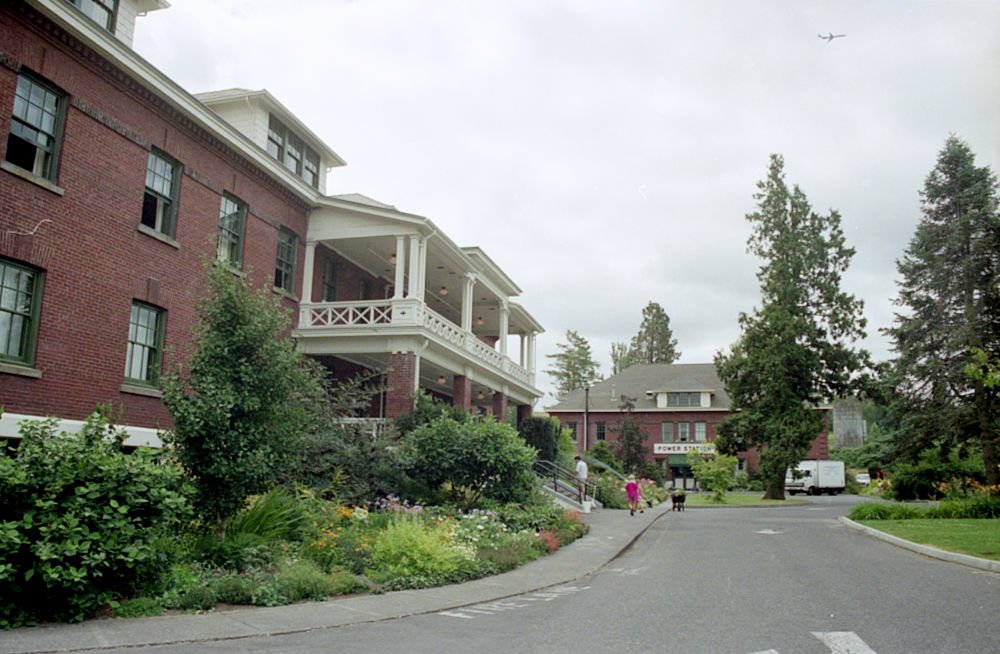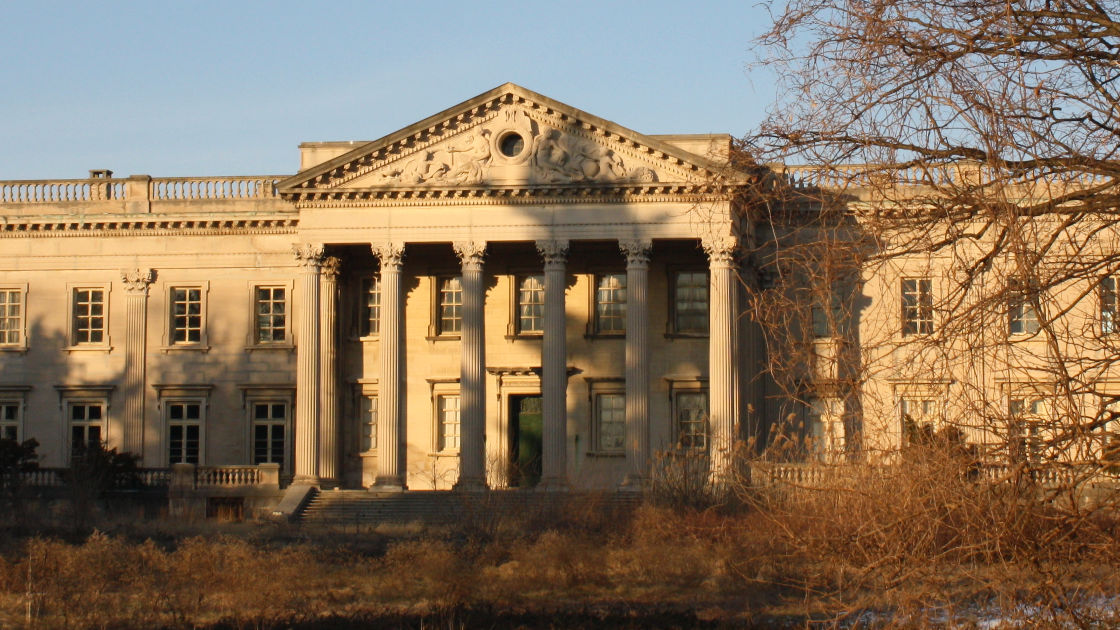
The Springfield Township Historical Society plans to give a presentation on the history of Lynnewood Hall next month, and the Save Lynnewood Hall Facebook group continues to generate a lively discussion about its fate. Maybe it’s time for a frank discussion about this heartbreaking landmark.
Completed in 1900, this 110-room home built for Peter A.B. Widener and his family would serve as such for a fraction of the time its aristocratic European counterparts. By the end of the Great Depression, the last of the Wideners had moved out and removed or sold off most of its extensive art collection. And thus began the steady decline.
First and foremost, if you don’t own it, there’s nothing you can do about it. Dr. Richard Yoon, who does own it, finally put the estate on the market for more than $20 million. About two months ago, when a price drop to $11 million failed to attract a buyer, he apparently took it off the market.
The stark realities of Lynnewood Hall are these:
- Taxes on the property are over $130,000 per year.
- Cheltenham Township will balk at any proposal that takes it off the tax rolls. Dr. Yoon already tried this and failed. This means no schools, no museums, no religious orders, no non-profits.
- Restoration costs would likely exceed $50 million. Real estate agents tossed out a much lower figure but having reported on these issues for almost thirty years, I stand by my estimate.
- Suggestions to turn the property into a hotel or residence will never survive number crunching. Cheltenham is a lovely community, but it’s not a resort destination. Anyone with $60 million to throw around will find much better investments or worthier charitable causes elsewhere.
- The market sees the mansion as a tear-down. Toll Brothers or a competitor will eventually buy the property for well under $5 million, build about 40 luxury townhomes here and gross about $20 million, give or take.
Lynnewood Hall has much in common with the S.S. United States, its floating cousin currently docked on the Delaware. Both were obsolete when they were built. Both had illustrious but protracted hey-days. Both have since foundered in place for far too long. Neither will survive any cost-benefit analysis of restoration. Their stories face unhappy endings, but their statuses do not approach anything close to national emergencies.

Yes, I know dozens of properties saved and made viable again. One that immediately springs to mind is Edgefield near Portland, Oregon. I visited this heaven on earth in 1998 and frequently cited it as a model for making run down properties viable again. However, refurbishing a former county poor farm into something that special cost a fraction of what Lynnewood Hall would need.
I want to be wrong. I will never forget coming upon this property for the first time during a bike ride ten years ago. I thought I was hallucinating. Seeing such a vision for the first time immediately makes the mind consider the possibilities and potentials of restoration while as it imagines the lost grandeur of its past.
Preservationists need to carefully pick their battles, and unfortunately this is one preservation battle that cannot be won.

